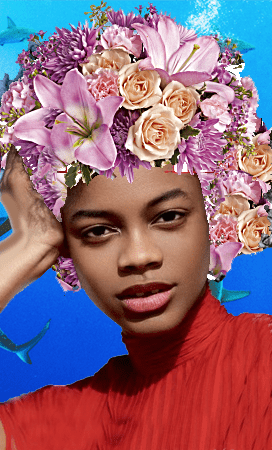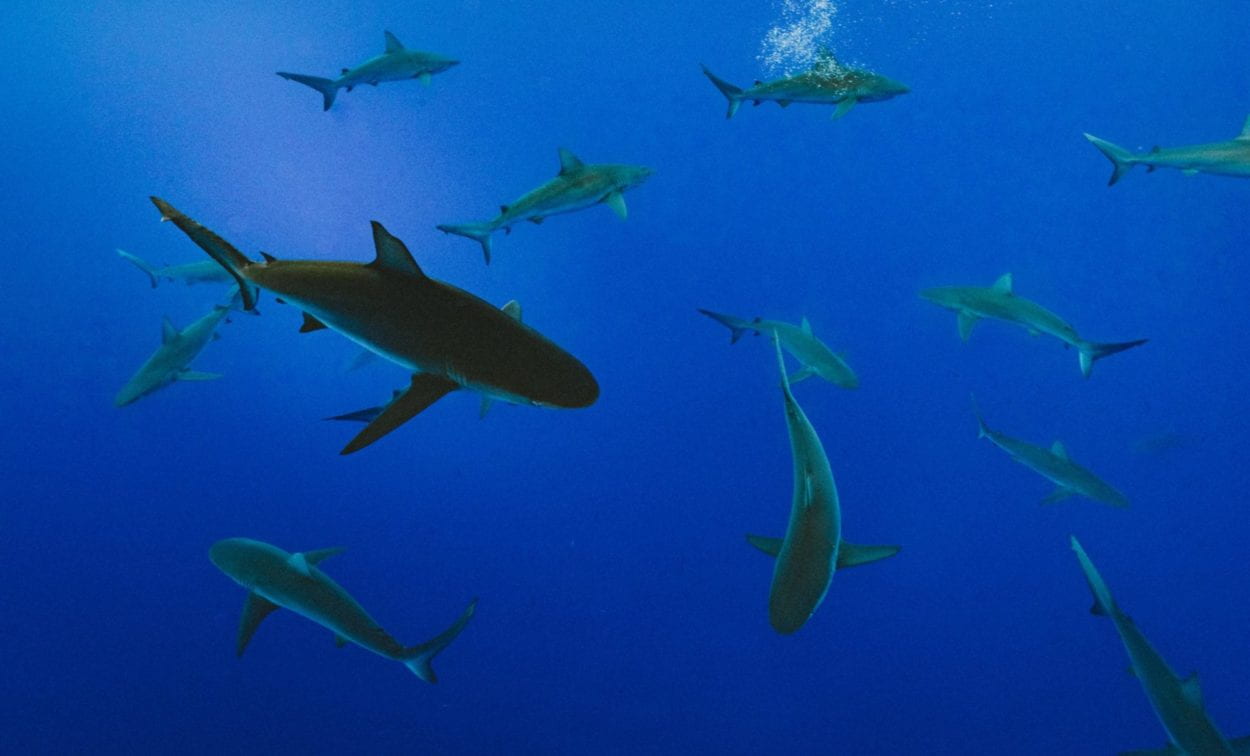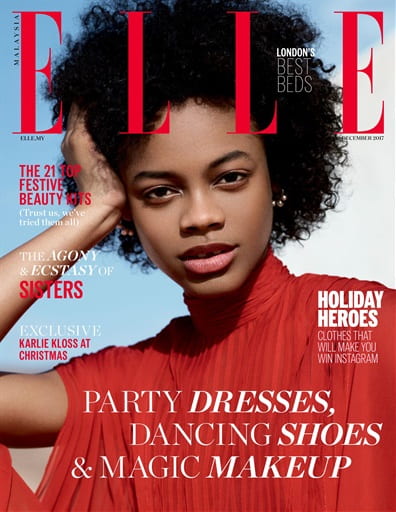For some odd reason, as an adequate and frequent analogist, I interpreted the medium is the message through an image of medium being a certain spoon that feeds the content (food) to our face. However in this case, the spoon, the medium, that part is just as edible and dissolves into our mouths just as the food/content does. This is because, when we are consuming information, “content” nowadays, we aren’t just getting it without a medium to float it into our heads. Rather, unbeknownst to us, the content is in the form of print or speech, and we are swallowing it alongside the empty calories of the spoon.
My favorite line in this article: “For each of the media is also a powerful weapon with which to clobber other media and other groups” (161). I find this line significant because the medium which we use to relay content matters, to the extent that the medium (or plural, media) can damage us, go on to make us antagonistic to each other. Knowing this makes me see how medium is an impactful tool which we must hold responsibly. Now, in the digital age, we cannot escape media and we still have to retain the same level of awareness as before or else we will pay for our mistakes.



